We’re all aware of how troublesome pimples and acne can be. Each of us has our own story about how these pesky zits appeared uninvited one fine day to ruin our skin (and mood). The most severe form of acne that can stress your skin is cystic acne. It presents as large, red bumps filled with pus that sit deep in your skin and could feel itchy or painful to the touch. To get more clarity on cystic acne, we got onboard Dr. Niketa Sonavane, Celebrity Dermatologist and Founder of Ambrosia Aesthetics, Mumbai, to decode some pressing questions on the causes and importantly, cystic acne remedies.
She explains, “Cystic acne is a severe form of acne in which the skin's pores become clogged, resulting in infection and inflammation. This causes large red breakouts deep in your skin and can affect the face, chest, back of the neck, back, upper arms or a combination of these areas.”
- What Causes Cystic Acne?
- Home Remedies for Cystic Acne
- Skincare Tips For Cystic Acne
- Dermat-Approved Treatments for Cystic Acne
What Causes Cystic Acne?
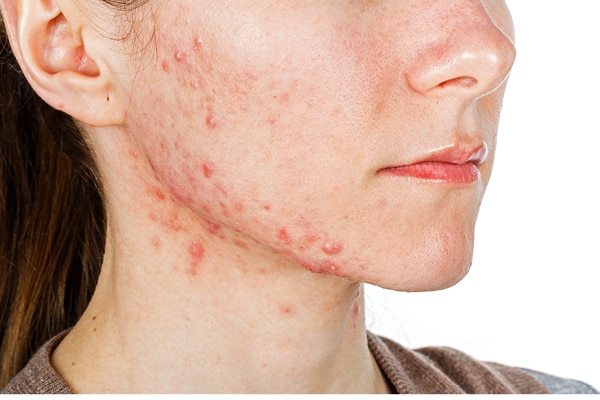
Cystic acne generally forms when your skin pores clog up because of trapped oil, dead skin cells and bacteria, which leads to your skin swelling up and experiencing inflammation. When the cyst bursts, it forms a chain of similar pus-filled breakouts on a larger area of skin, making the infection more severe. Dr. Sonavane says, “If left untreated, cystic acne could be a major cause of acne scarring.”
She informs that cystic acne may also be part of a syndrome that includes acne on the face, in the underarms, groin or chest area and draining lesions and boils on the scalp, which is known as dissecting cellulitis of the scalp. For people in their adolescent years or early twenties, cystic acne is one of the most common forms of acne breakouts. But of course, it can also occur in children and adults, too. Dr. Sonavane adds, “If one of your parents had severe cystic acne, you are more likely to develop it. Even in the most severe cases, a family history of cystic acne is not universal. A rise in the hormone testosterone, whether intrinsic to the body or extrinsic, from anabolic steroid use, may precipitate or worsen cystic acne.”
Home Remedies for Cystic Acne
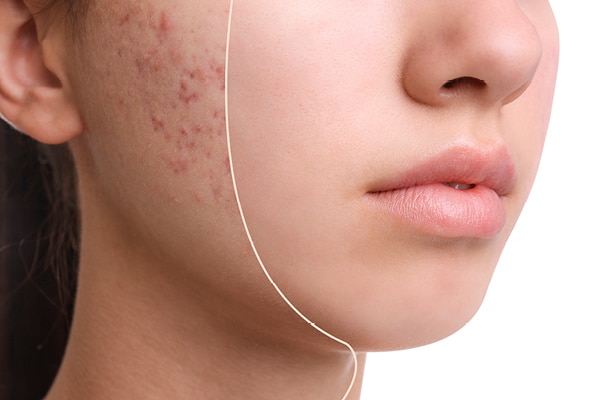
Waiting for the cyst to disappear on its own could likely backfire, as it is often observed that cystic acne can prolong on the skin for months or even years because of its infectious nature. To avoid reaching the stage of acne scarring, it is recommended to adopt some home remedies to try and heal cystic acne. However, it’s crucial to note that the listed home remedies haven’t been proved to be effective scientifically.
Vitamin A
Dr. Sonavane says, “Vitamin A supplements have been used to treat acne with varying degrees of success.” Although, excessive or irregular dosage of vitamin A can end up causing more harm than good to your body and skin. It’s important to first consult your doctor or dermatologist before deciding which vit-A supplement to take or if there are any health risks.
Antibiotics
Long courses of antibiotics taken orally to control bacteria and reduce inflammation are commonly used to treat cystic acne. Dr. Sonavane says, “The most common antibiotics for cystic acne are Doxycycline, Minocycline and Azithromycin. These are frequently prescribed in conjunction with probiotic supplements to help maintain your gut microbiome.” But beware, the side-effects of these antibiotics are sensitivity to sun exposure and loose stools.
Anti-Androgens and Birth Control Pills
Dr Sonavane adds, “Birth control pill may be used to treat acne on a long-term basis for women who have hormonal imbalances such as PCOS or hyperandrogenism.” This form of medication benefits by regulating hormonal balance and by suppressing sebum production.
Additionally, there is a drug called Spironolactone that is frequently used together with OCPs (oral contraceptive pills) to reduce excess androgens, which usually increase acne infections. These medications are typically prescribed for a timeline of six months or longer.
Oral Steroids
It’s important to note that oral steroids (a form of anti-inflammatory medication) are not used as a standalone treatment. They are used to treat cystic acne as an adjunct to other antibiotic or isotretinoin (a form of vitamin A) therapy. Dr. Sonavane recommends, “As always, make sure to talk to your dermatologist, who may prescribe low-dose systemic steroids to help in reducing scarring and inflammation in the skin, as quickly as possible. This may be especially important when starting isotretinoin therapy to prevent skin purging that retinoid can cause.”
Food diet
When it comes to managing your daily diet, there are several food items that must be avoided and some items that should be included to stop the flare up of cystic acne or prevent it from happening altogether. Dr. Sonavane comments, “Diet may play a role in cystic acne, as it does in other types of acne. Rather than greasy food and chocolates that many people blame for their acne, it is actually milk that has been scientifically proven to worsen acne.”
Other byproducts of milk, including whey protein supplements may exacerbate acne, too. Dr. Sonavane suggests, “Many patients who think that sweating at the gym is aggravating their acne should try skipping protein shakes after exercise.” People with cystic acne should also try to avoid food with a high glycemic index, such as whole wheat bread, white rice, cereals, starchy potatoes and fries, watermelon, pineapple, raisins and others, as it could increase blood sugar levels.
Tea tree oil
To heal cystic acne, you could reach out for tea tree oil as it contains anti-fungal and anti-inflammatory properties that may provide relief to the acne flare-up and calm the inflamed areas of the skin. Tea tree oil might also help lessen the cluster of acne-causing bacteria that layer upon the surface of the skin.
Turmeric
Turmeric may also lend its benefits to treat cystic acne, thanks to its antiseptic and antimicrobial properties. This yellow-hued ingredient found in every household has curcumin, which is anti-inflammatory in nature and can reduce acne-induced inflammation and redness on the skin. It could be applied on the skin as a paste – turmeric mixed with some water. Don’t leave it on for more than 20-30 minutes and rinse it off with water later. But, exercise caution and do ensure to consult a dermatologist before trying out such home remedies for cystic acne.
Skincare Tips For Cystic Acne
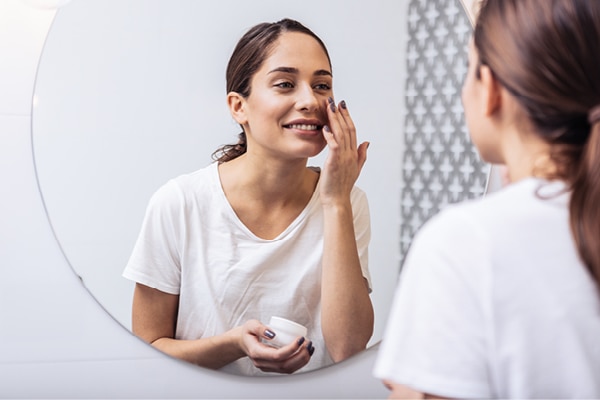
#1 Cleanse your face: Wash your face in the morning, at night and post-workout after sweating. Use a gentle, alcohol and harsh chemical-free cleanser and massage your skin with your fingertips for a good 60 seconds. Then, rinse thoroughly with warm water.
#2 Don’t exfoliate: People with cystic acne should not scrub their skin or use exfoliants, as it could irritate the already inflamed skin.
#3 Don’t touch your acne: Don't pick at blemishes or touch your cysts, as this could push the infection deeper and cause it to spread. You should allow blemishes to heal naturally instead of popping or squeezing them to reduce the risk of scarring.
#4 Less makeup: Avoid layering up a lot of makeup products on your skin. Choose water-based, non-comedogenic formulations when applying makeup and absolutely avoid oily formulations. Before bedtime, make sure to remove your makeup by double cleansing your skin.
#5 Clean scalp and hair: Be sure to shampoo your hair on a regular basis, particularly if you have a greasy scalp or dandruff.
#6 De-stress: Try to unwind and relax your mind, as stress can cause your body to produce an increased amount of the hormone cortisol, which could aggravate cystic acne.
#7 Healthy lifestyle: Maintaining a healthy lifestyle is important, that includes getting enough sleep and physical movement like a workout or yoga. Some research suggests that a low-glycemic, sugar-restricted diet can help improve symptoms of cystic acne.
Dermat-Approved Treatments for Cystic Acne
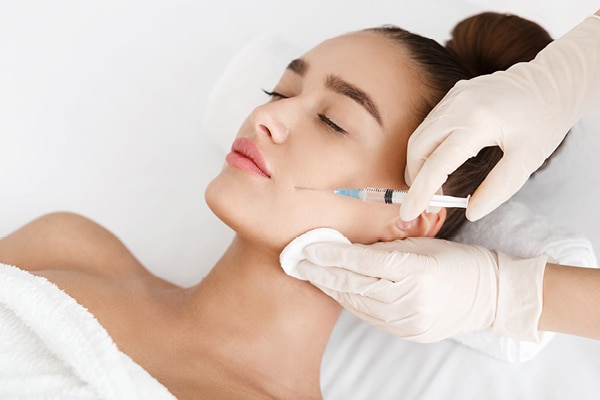
Dr. Sonavane says, “Cystic acne cannot be treated with over-the-counter acne medications. Your dermatologist will most likely recommend one or more of these treatments after performing diagnostic blood tests.”
Topical Benzoyl Peroxide
As suggested by Dr. Sonavane, topical treatments include facial cleansers, creams and gels containing Benzoyl Peroxide, as they are known to kill bacteria, specifically Propionibacterium acnes (P. acnes). Benzoyl Peroxide also treats comedones like whiteheads and blackheads. Skin irritation is the most common side effect, so you need to be careful while using this ingredient.
Topical Antibiotics and Retinoids
She further recommends, “Adapalene and Tretinoin (a type of vitamin A) are frequently prescribed in cream or gel form in conjunction with topical antibiotics such as Clindamycin. It can help to unclog your pores, while also preventing antibiotic resistance by acne-causing bacteria.”
Cyst Drainage and Intralesional Injections
Dr. Sonavane informs that in cases of cystic acne, the dermatologist may suggest injecting triamcinolone – a corticosteroid medication – directly into a cyst to reduce inflammation and scarring. Dermatologists may also carry out cyst incision and drainage on bigger cysts filled with pus.
Chemical Peels
Gentle chemical peels containing salicylic acid, resorcinol and azelaic acid quickly control inflammation caused by cystic acne and reduce scarring as well. This treatment is carried out in addition to one or more medical processes in order to shorten the overall treatment duration and achieve a faster response to the skin condition. Sessions are performed once in 7 to 14 days until complete acne clearance.
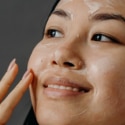
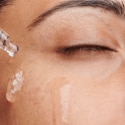
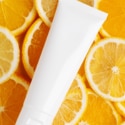
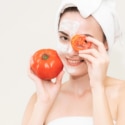
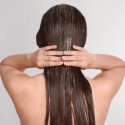
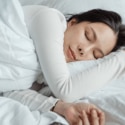



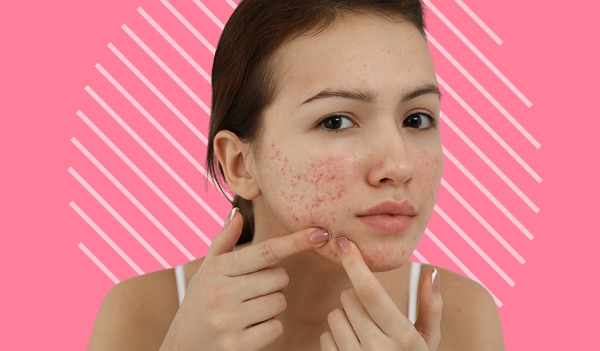
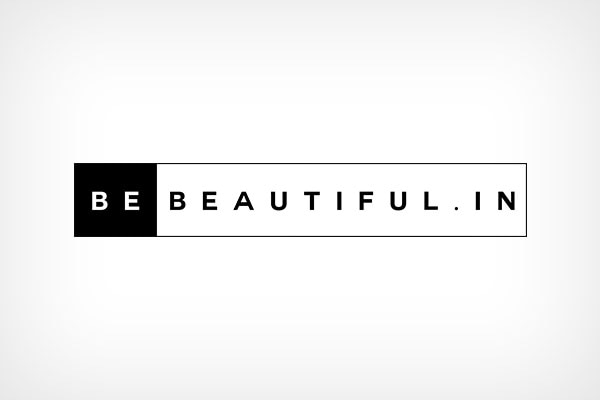
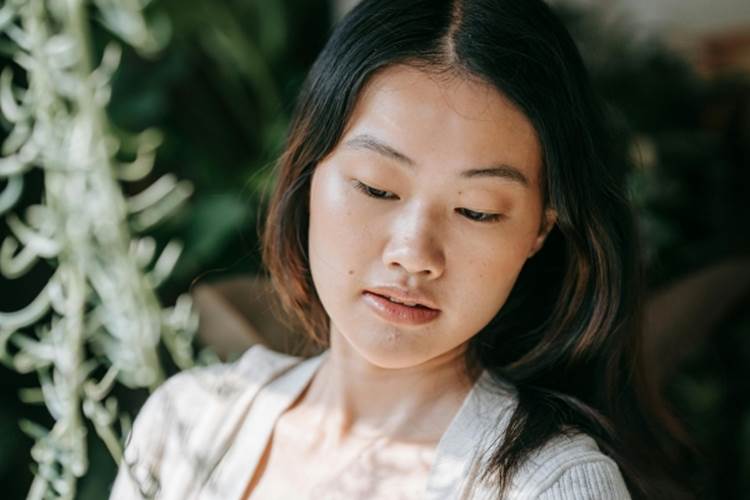

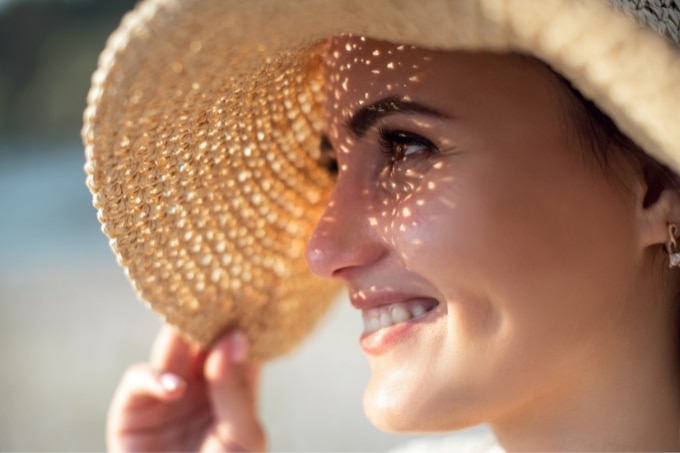
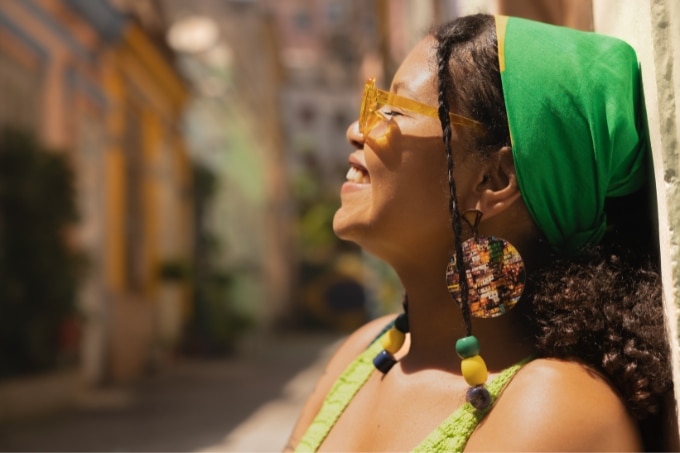

 Privacy Notice
Privacy Notice
Written by Pratishtha Rana on 22nd Feb 2022
Pratishtha is a writer driven by curiosity. With over two years of experience in journalism, her toes are dipped in the exciting world of beauty, fashion, food, travel and luxury. Trust her words to help you navigate the do’s and don’ts of all that’s trending online (and offline). A lover of minimal aesthetics, she’s also big on experimenting with colours and prints, and often finds herself power-dressing even for a quick grocery run. When not at work, she’s reading a book, learning Korean, binging on K-Dramas and kimchi ramyeon or just karaoke-ing her hours away.